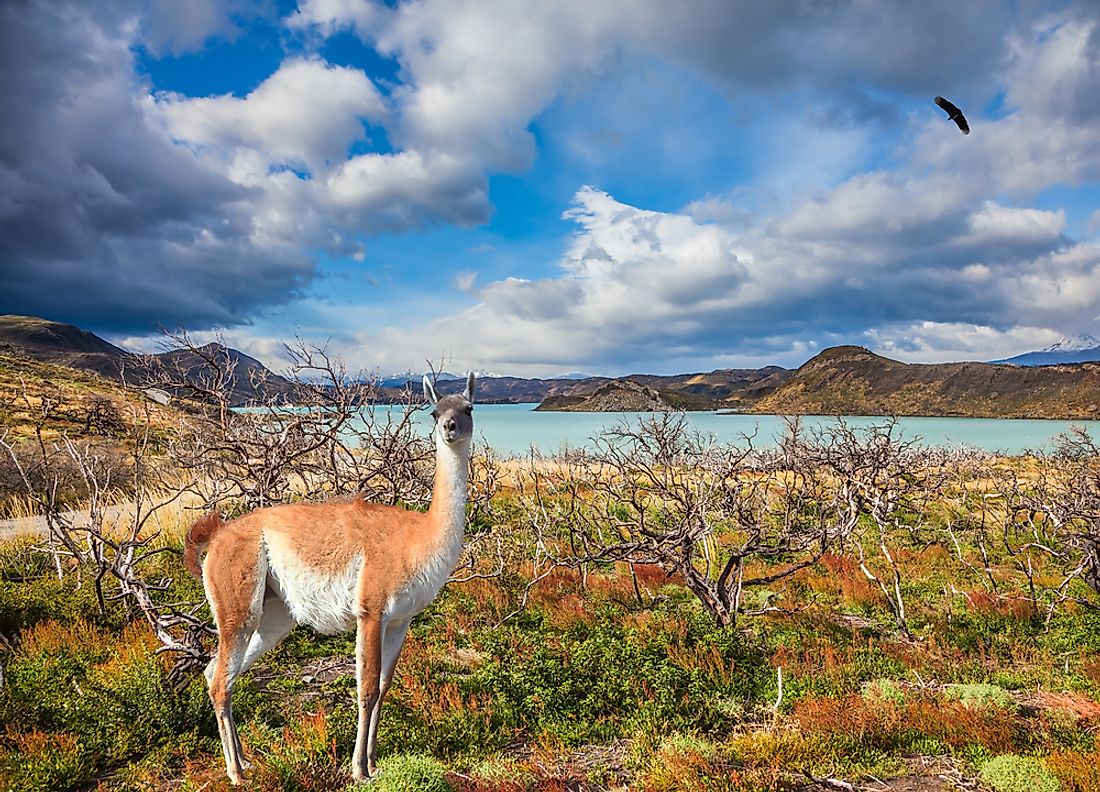What is a Biosphere Reserve?

Biosphere reserves are areas that have been identified by UNESCO to help promote their conservation and its sustainable use. Areas that are designated as biosphere reserves comprise of terrestrial, marine, and coastal ecosystems, which are “Science for Sustainability Sites.” Biospheres are internationally recognized but are suggested by the national government and managed by the state in which they are located. A biosphere reserve has three zones including the core areas, the buffer area or zone, and the transition area. There are about 699 biosphere reserves spread in 120 countries, forming a World Network of Biosphere Reserves.
World Network of Biosphere Reserves
UNESCO was created in November 1945 to promote a working relationship among countries through education, science, and culture. A biosphere conference was organized by UNESCO in 1968, which led to the idea of a biosphere reserve. The conference was the first intergovernmental meeting to examine how to conduct conservation and also allow for sustainable use of natural resources at the same time. The conference birthed “Man and Biosphere” program in 1970. The first project by the MAB was the establishment of a coordinated World Network of Sites. The sites were named as “Biosphere Reserves.” The network has a membership of 669 biosphere reserves including 20 transboundary sites.
Under Man and Biosphere Program, there is a network of 302 biosphere reserves in the regions of Europe and North America, distributed across 36 nations. The top five countries with the highest number of biosphere reserves in the region include Russia Federation, the US, Spain, Canada, and Bulgaria. Bulgaria and the US withdrew 3 and 17 sites respectively from the program in 2017.
As of April 2016, Asia and the Pacific has a total of 142 biospheres reserves recognized World Network of Biosphere Reserves. The biosphere reserves in the regions of Asia and the Pacific are distributed across 24 countries, with China and Australia having the highest number of sites. India, Indonesia, Iran, and Vietnam boast of at least ten biosphere reserves each.
Latin America and the Caribbean have a network of 125 biosphere reserves distributed across 125 countries in the region. Argentina, Mexico, and Peru account for more than 75 of the recognized biosphere reserves in the region. Brazil, Chile, Colombia, and Ecuador complete the top six countries with the highest number of biosphere reserves the region.
Africa’s 70 biosphere reserves distributed across 28 countries in the region. Although the biosphere reserves in Sub-Saharan Africa are categorized under AfrMAB, the biosphere reserves in North African countries are categorized under ArabMAB. Some of the countries with the highest biosphere reserves in Africa include South Africa, Kenya, Ethiopia, and Senegal, with each having at least five sites. Arab states have only 30 biosphere reserves distributed across 11 countries.
How Man and Biosphere Program Work
MAB has an intergovernmental structure that provides it with a framework that helps in the planning and implementation of research and training programs. The MAB national committee is made up of the participating countries. The committee ensures a national participation in the international programs and also ensures that each country implements its activities. MAB’s governing body, the International Coordinating Council, defines the agenda of the program. Currently, there are 158 national committees established by 195 member states.
What is a Biosphere Reserve?
| Rank | UNESCO Region | Number of Biosphere Reserves |
|---|---|---|
| 1 | Europe and North America | 302 |
| 2 | Asia and the Pacific | 142 |
| 3 | Latin America and the Caribbean | 125 |
| 4 | Africa | 70 |
| 5 | Arab States | 30 |











